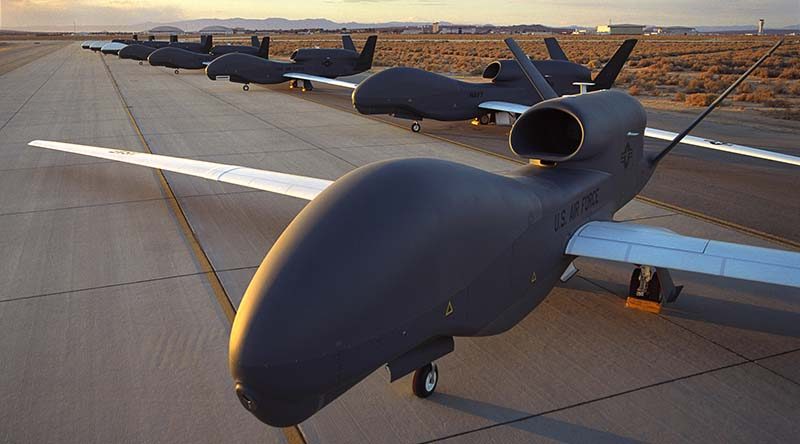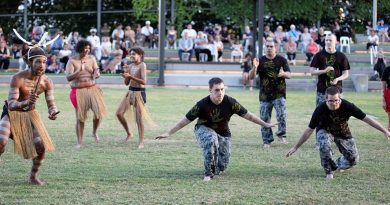Global Hawk tops 200,000 flight hours

The world-wide fleet of Global Hawk unmanned aircraft has surpassed 200,000 flight hours.
Northrop Grumman says the milestone reinforces Global Hawk’s status as the most effective high altitude, long endurance intelligence gathering aircraft in the world.
The US Air Force’s Global Hawks logged 88 per cent of the 200,000 flight hours with the remaining hours flown by NASA Global Hawks, Germany’s full scale demonstrator and the US Navy’s broad area maritime surveillance aircraft systems.
Global Hawks operate at altitudes up to 60,000 feet for more than 30 hours, surveying thousands of square miles on a single mission.
Global Hawk carries a variety of sensor payloads that allow military commanders to gather near real-time imagery and use radar to detect moving or stationary targets on the ground.
The system also provides airborne-communications and information-sharing capabilities to military units in harsh environments.
Mick Jaggers, vice president and program manager Global Hawk, said Global Hawk had set endurance records and displayed an unmatched record of safety while reducing per-hour flight costs to half the cost of the manned alternative.
“This milestone is especially meaningful as it comes just before the 15th anniversary of Global Hawk’s first deployment into the theater of operations following the tragic events of 9/11,” Mr Jaggers said.
“We expect Global Hawk to continue to provide indispensable ISR information to our warfighters.
“The Global Hawk system is building on its heritage of innovation, modernizing its current capabilities by integrating new technologies that enhance capabilities, performance and reliability.
“Earlier this year, Global Hawk successfully flew a SYERS-2 intelligence-gathering sensor, marking the first time the legacy Air Force sensor has been demonstrated on a high-altitude autonomous aircraft.
“Northrop Grumman plans to fly an Optical Bar Camera and an MS-177 multispectral sensor later this year via Global Hawk’s open systems architecture.”
Mr Jaggers said Global Hawk entered combat operations shortly after the 9/11 terrorist attacks. Since then, it has also flown humanitarian missions around the world supporting southern California wildfires, the Japanese tsunami, the Haitian earthquake and the Philippines’ typhoon.
“NASA Global Hawk actively monitors environmental changes, tropical storm developments and provides ground breaking approaches to high altitude atmospheric research.”.
.
.
.
.
.
.
.

.
.






